
7 Things To Remember About Pregnancy Beauty
UPDATED SEPTEMBER 2021

Colouring & Highlights
What You Should Know: When it comes to colouring your hair, bleaching, tinting and even a few highlights are an easy way to improve your mood and give you a confidence boost. But, as Luke Hersheson, CEO of Daniel Hersheson explains, it’s important expectant mums know exactly what’s safe to do. “Luckily, having your highlights done during pregnancy is completely safe. That’s because the technique involves the dye being painted onto the hair itself, where it’s absorbed, rather than onto your scalp and into your bloodstream.”
What You Should Avoid: Try to avoid anything that touches the root of your scalp, such as bleaching or tinting. “Also avoid anything like a Keratin or Brazilian blow dry,” adds Luke. “One of the main active ingredients in a Brazilian blow dry is formaldehyde, a chemical that can cause irritation of the skin and scalp with too much exposure. To be safe, it should be avoided altogether during pregnancy.” If you’re keen to get some colour put in, experts recommend using the latest on-trend method, balayage. This popular technique doesn’t come into contact with the scalp, so the risk of transferring any chemicals internally is minimal. What’s more, it blends naturally with your own hair colour, so top-up appointments needn’t be as regular.
The Products To Try: Keen to colour your hair at-home? Henna-based hair dyes are highly recommended as, during pregnancy, you may find you become allergic to things you weren’t before, and these formulations are incredibly safe. Look out for dyes that don't contain irritating ammonia or peroxide – pick from one of our favourites below.
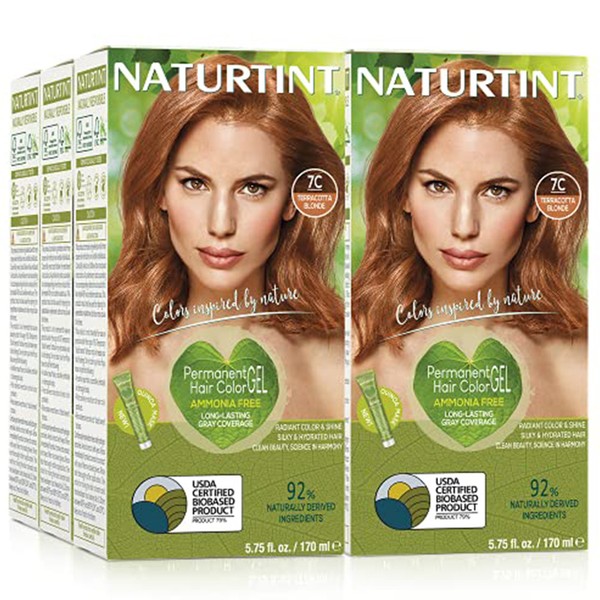
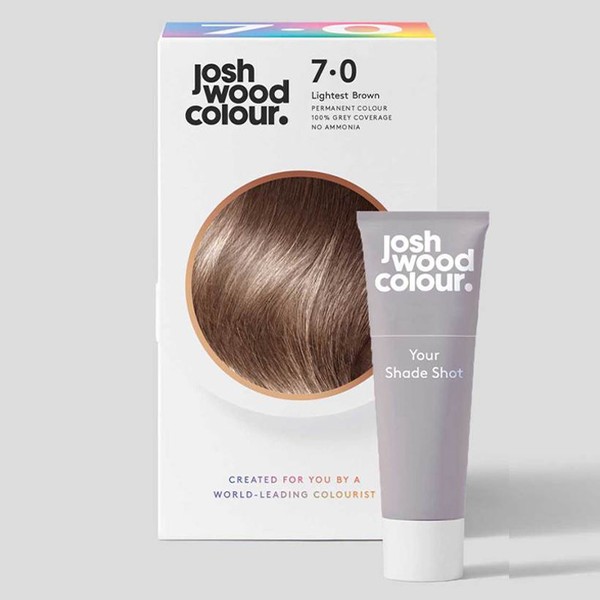

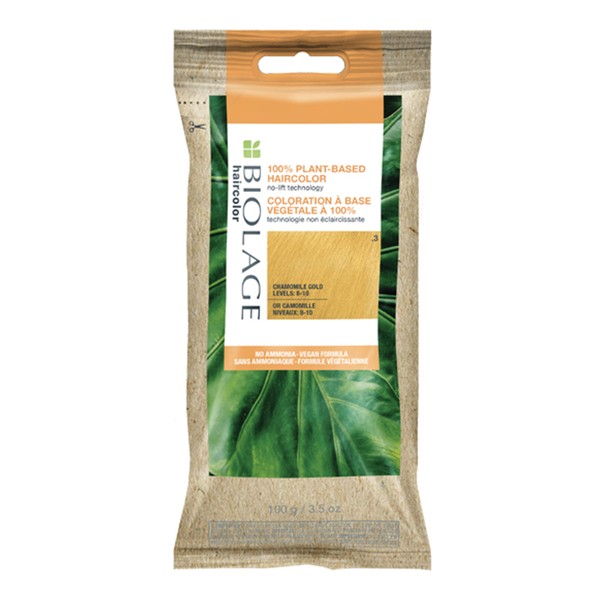

Massages
What You Should Know: For many of us, a regular massage is one of the best ways to ease tension after a stressful working week. But it’s important pregnant women take the correct precautions. “Many women ask whether massage therapy is a safe way to relieve the physical and mental stresses of pregnancy, and the good news is it’s considered safe after the first trimester,” explains Aysun Mut, spa director at the ESPA Spa at the Corinthia Hotel. “That is, unless other medical complications arise, in which case it’s always worth checking with your GP first.”
As you move into the latter stages of your pregnancy, maternity massages can help relieve tension and promote physical and emotional wellbeing for both mum and baby. “It also gives great relief from natural discomforts such as backache, a stiff neck, leg cramps, headache and sinus congestion relief, oedema and swollen ankles and feet,” explains Aysun. “Not only that, research shows touch therapy stimulates the release of endorphins (the body’s natural relaxant). These are like the body’s natural painkillers and can also aid relaxation and improve your mood.”
What You Should Avoid: “Steer clear of maternity massages in the first three months as they may trigger dizziness and add to morning sickness,” warns Marie Schmid, Clarins’ Head of Training. “Also, make sure your massage therapist is certified in maternity and pre-natal massage so you can relax in the knowledge that your treatment is completely safe. My other tip is to avoid any treatments which use heat, so you don’t raise your core temperature or cause your body any distress. With this in mind, visiting steam rooms and saunas is a no-go. Other than that, most treatments can be tailored to your needs..”
Where To Book: ESPA for Blissful Maternity Treatment + Elemis for Peaceful Pregnancy Massage
Spray & DIY Tan
What You Should Know: Many women believe using fake tan is potentially harmful during pregnancy, but celebrity tanning expert James Harknett says otherwise. “The truth is, the ingredient in the tan that binds with our skin is derived from a sugar fructose plant, and only attaches to dead skin cells. It doesn’t seep into the flesh or blood stream – it simply reacts with our amino acids on the surface of the body. For that reason, it’s no different to applying a moisturiser or lipstick.” In fact, getting a spray tan can give you a healthy glow and more confidence, which, when your body is changing so dramatically, can give you a much-needed boost. “Just make sure your spray tan takes place in a well-ventilated room,” adds James.
What You Should Avoid: Within the first trimester, try to resist the urge to tan – if only for the result. “It’s a time of hormonal change, which can affect how the tan takes to the skin,” explains James. “This can often lead to patchiness as the tan struggles to activate evenly. For example, clients sometimes report that though the application was even, the tan didn’t work on their hands or feet during this time.”
Where To Book: Blow LTD for mobile appointments + James Harknett at The W Hotel
The Products To Try: As most self-tanners are safe to use, there are no hard-and-fast rules when it comes to buying them. A few, however, stand out from the crowd…
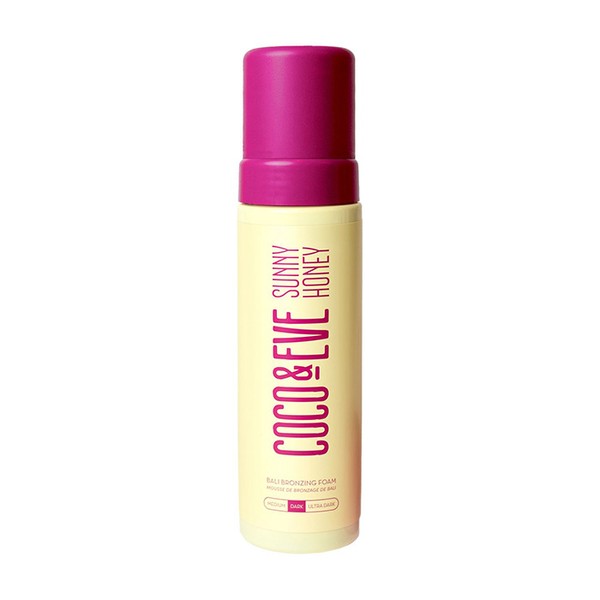
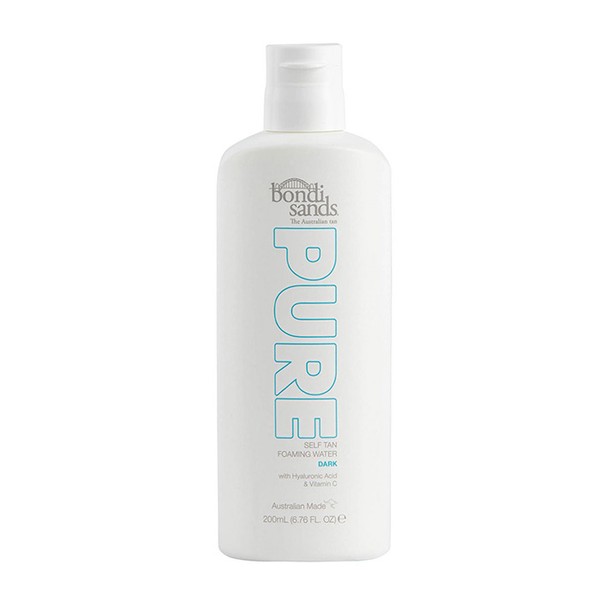
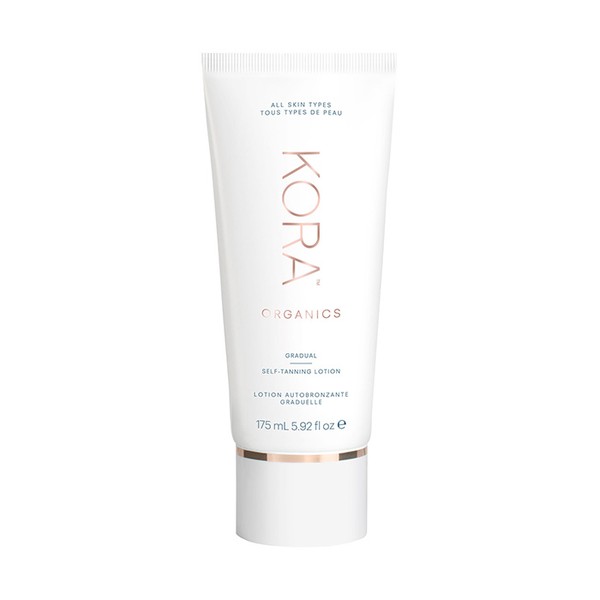
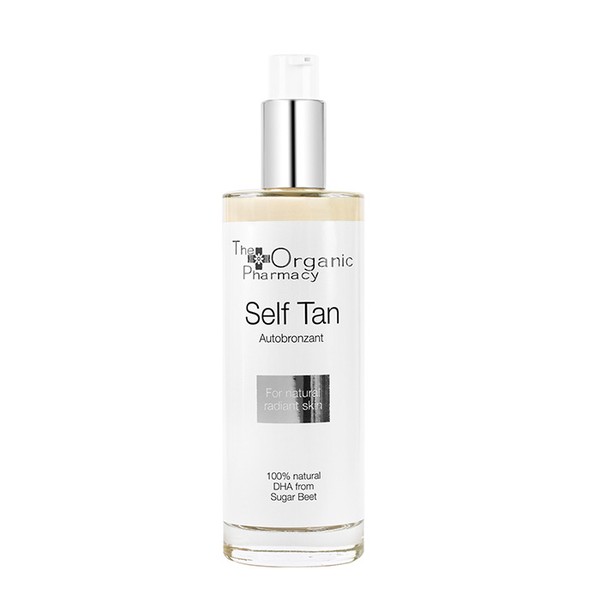
Manicures & Pedicures
What You Should Know: Treating yourself to a mani-pedi during pregnancy is totally safe, however there are a few things you can do to put your mind at ease. “Make sure you choose a spacious, well-ventilated salon, as a woman's sense of smell is often heightened during pregnancy,” says Kirsten Hazell, founder of London Grace nail salons. “Carrying out treatments like acrylic extensions in a salon which is poorly ventilated can make the chemicals seem quite potent, and it’s best to avoid too much exposure to any irritating fumes.”
Light gel polishes like CND Shellac is fine at the beginning of your pregnancy, but many women prefer to go for a normal nail polish in their last trimester. “This is because some doctors prefer women to be able to easily remove the colour from their nails, so they can monitor your blood oxygen levels,” explains Kirsten. “Brands that are free-from nasty chemicals such as toluene and formaldehyde are the safest option – for instance, our London Grace nail polishes are all vegan and free from any nasties.”
What You Should Avoid: It’s important to always let your nail technician know you’re pregnant, particularly when having a pedicure. “Many pedicures involve some sort of massage which can be soothing and help to reduce any swelling, however there are certain reflexology points that are thought to relax the uterus, so these should be avoided,” warns Kirsten. “To be on the safe side, it's best to request a soft and gentle Swedish foot massage during pregnancy.”
Where To Book: Nails & Brows Mayfair + London Grace Nail Bar + Ruuby for remote appointments.
The Products To Try: If you don’t find yourself with the budget for regular manicures and pedicures, indulge with one of these luxurious at-home products to replicate the salon experience…
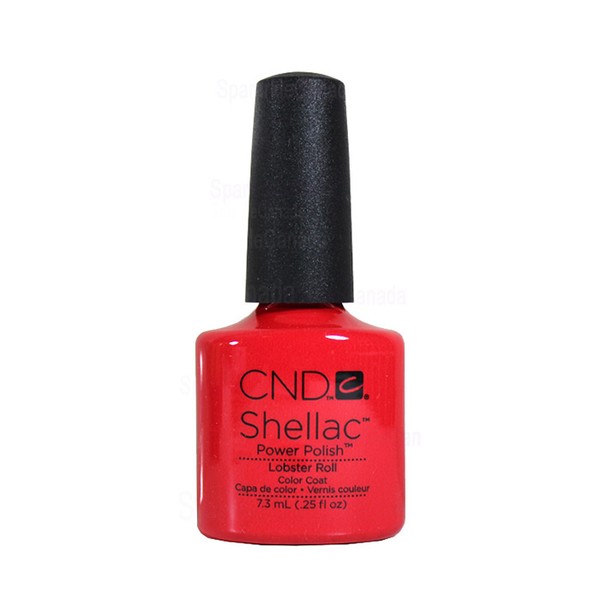
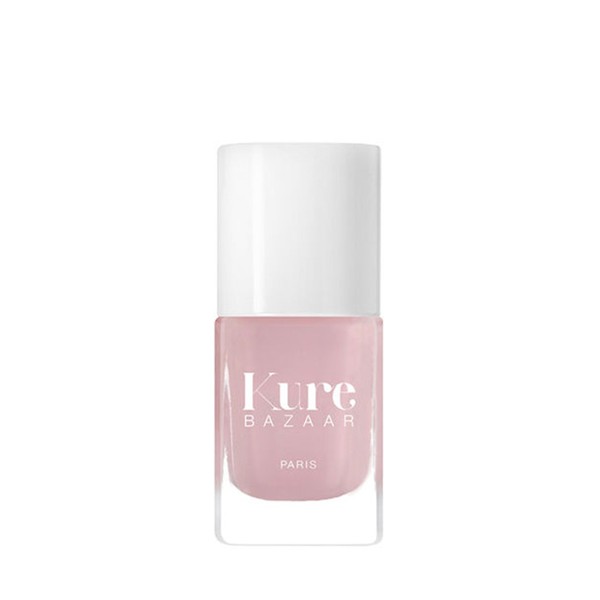
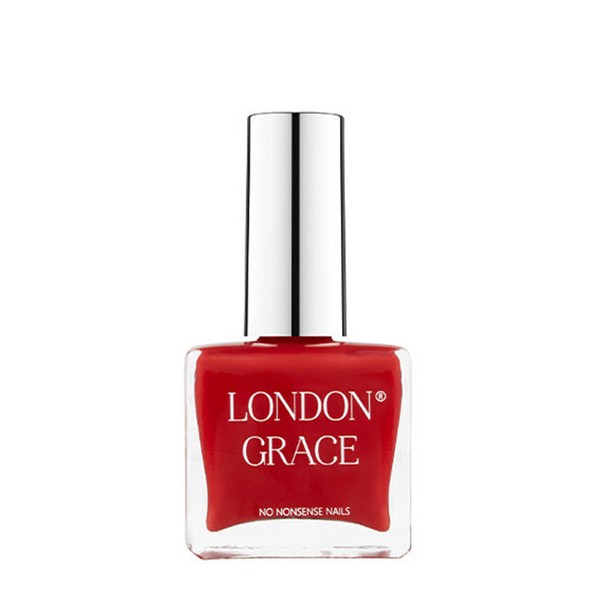
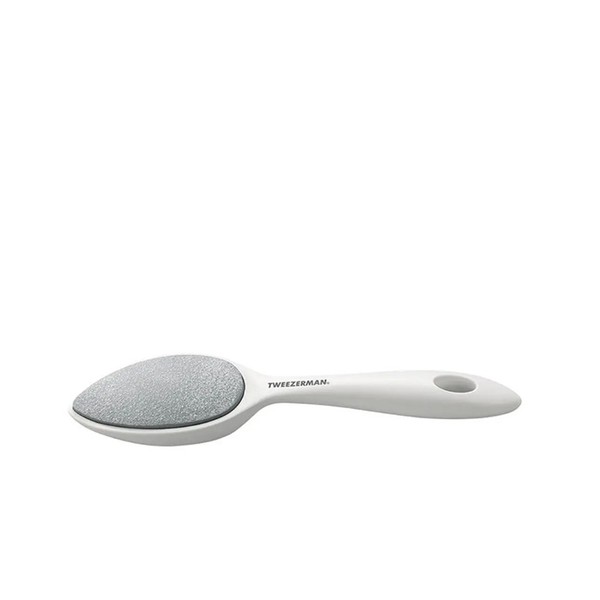

Facials
What You Should Know: While pregnancy is such an exciting time, hormones can wreak havoc on your skin. Whether you want to treat a specific concern, or you’re simply looking to pamper yourself and enjoy some ‘me-time’, a professional facial is best done at a clinic where treatments are bespoke. Also, look for basic facials which don't use any chemical ingredients or electric currents, and instead stimulate the skin at the surface level with creams and oils. If you’re considering lasers, it’s worth noting these aren't advisable. However, experts claim you can try The Byonik Treatment – available at the D.Thomas Clinic in Knightsbridge. It’s deemed one of the safest laser treatments out there, working to repair skin at a cellular level while maximising hydration. It’s gentle too, so rarely causes inflammation or sensitivity.
What You Should Avoid: Chemical peels and any ‘tweakments’ (think fillers or Botox) should be avoided, in addition to any treatments containing soy, which can darken the pigmentation which often occurs during pregnancy. During this time, it’s sensible practice to avoid anything that can be absorbed into the body. The same goes for non-injectable treatments like deep peels and micro needling – experts deem these invasive enough to pose a risk.
Where To Book: Try the New Mummy Pregnancy Facial at Renée Lapino, Neville Hair & Beauty or try a tailored facial with Avicenna Wellbeing.
Your Skincare Regime
What You Should Know: Increased breakouts and acne – particularly along the jawline – often crop up during pregnancy. “Start by deep cleansing with a rich balm,” advises Sarah Chapman, founder of the Skinesis Clinic. “At home, try steaming your face over a hot sink or in the shower, and then apply your cleanser. The steam will allow it to penetrate deeper – and you can give it an added boost by using your knuckles and fingertips to massage it in. Next, use an exfoliating formula to gently sweep away dull cells and debris, making sure the pores are really clean.” Post-birth, remember to give your skin time to settle, as breakouts will generally improve once your hormone levels re-adjust.
Ingredients To Avoid: “There are numerous ingredients to steer clear of during pregnancy,” adds dermatologist and skincare expert, Dr Justine Kluk. “These include retinoids, salicylic acid and benzoyl peroxide – when shopping for products, make sure these aren’t on the ingredient list. Retinoids are derived from vitamin A, and we know the oral form (isotretinoin – a medication for acne) can cause birth defects. Although only a small amount of the active ingredient is absorbed when applied as a cream, avoidance of this whole group is recommended as the risks outweigh the benefits.
“As for salicylic acid, this is an oil-soluble ingredient. Widespread application of it has resulted in cases of salicylate toxicity, but there are no known cases associated with products for acne/breakouts. There are no studies of topical salicylic acid use by humans during pregnancy, but the risk is believed to be low if doses are restricted to local areas for a limited duration. Bottom line – avoid it unless the product or brand states it is safe in pregnancy, and always check with your medical team if you have any doubts.”
The Products To Try: While there are exclusions, not everything is completely off the menu when it comes to your regime. “Ingredients you can use include glycolic, azelaic acid and niacinamide. All are great at treating breakouts and hyperpigmentation. Azelaic acid and niacinamide are also good at counteracting redness,” confirms Justine. Shop one of our picks below.
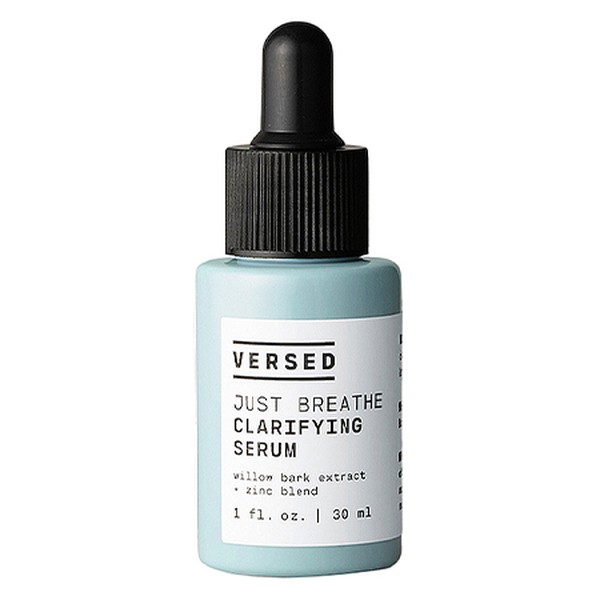
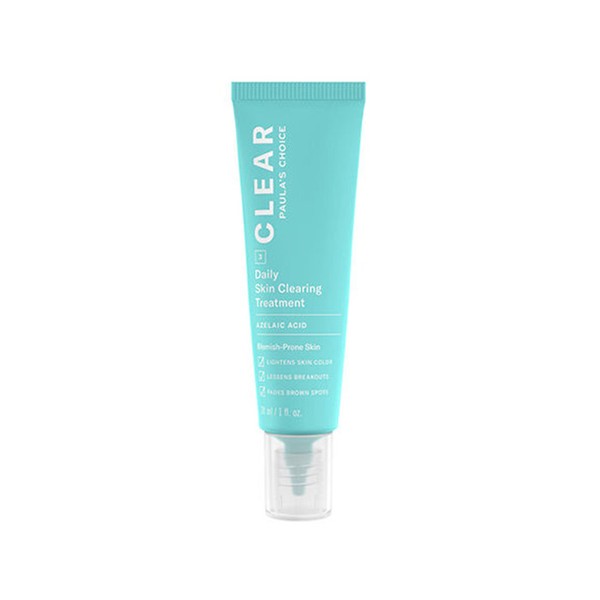
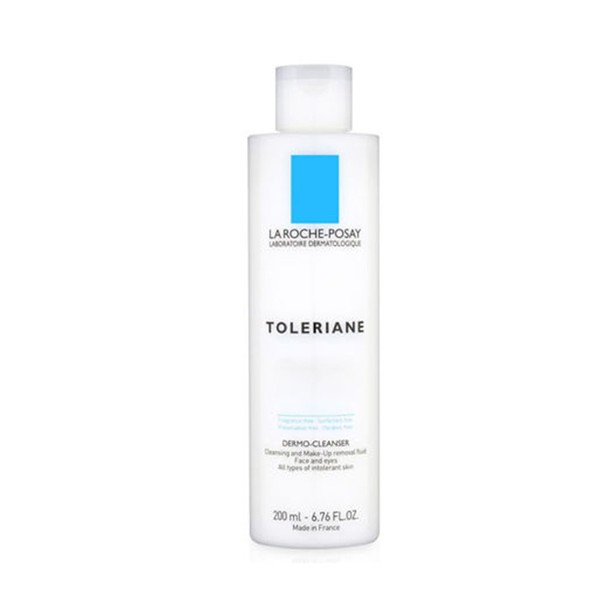
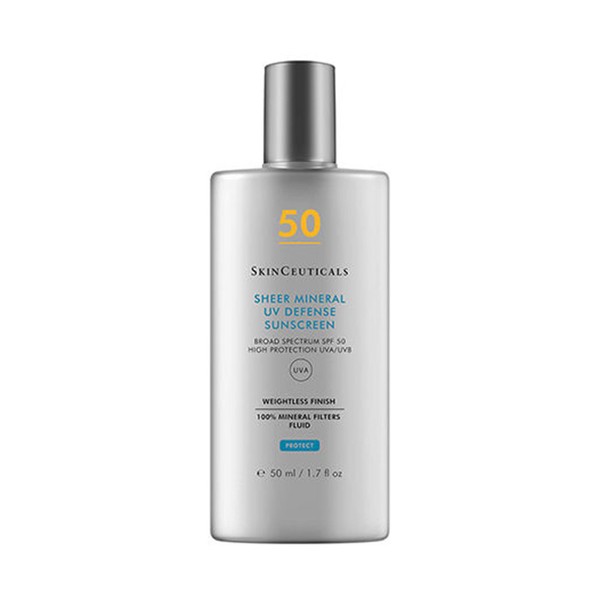

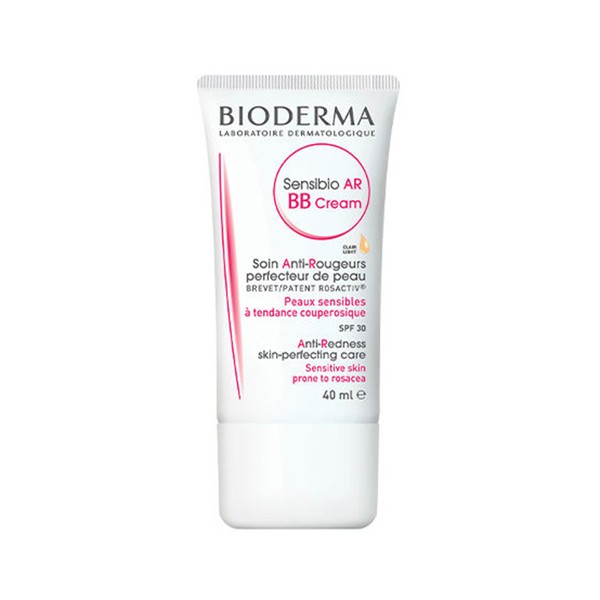
Tinting & Shaping
What To Know: “Generally speaking, lash and brow tinting is safe, but an allergy test should be carried out at least 48-hours before your treatment,” explains Sherrille Riley, brow expert and founder of Nails & Brows Mayfair. “That being said, tinting lashes or brows should be avoided during your first trimester. This is because hypersensitivity can sometimes happen at the start, so you need to rule out the possibility of any flare-ups or inflammation. Instead, try using a product in between appointments, like our Beauty Edit Mayfair Brow Filler. It’s a great alternative to brow tinting during this period. It can also ‘mimic’ the effects of a tint and enhance any sparse gaps.”
What To Avoid: “Unfortunately, neither lash lift treatments or extensions are recommended throughout the duration of your pregnancy,” finishes Sherille. “Extensions can contain chemicals (including formaldehyde) which could potentially cause allergic reactions and be toxic. As for lash lifts, no research has been conducted on pregnant women to document findings, so it’s best to avoid this treatment altogether. Additionally, women who are expecting shouldn’t lie flat for an extended period (these treatments often take time). If you’re ever in doubt, consult your healthcare professional before booking anything.”
Where To Book: Benefit + Cowshed + Brow Bar London.
The Products To Try: Whether you want to fake the appearance of stronger-looking lashes and brows, or mimic darker hairs in-between appointments, consider using one of our go-tos.
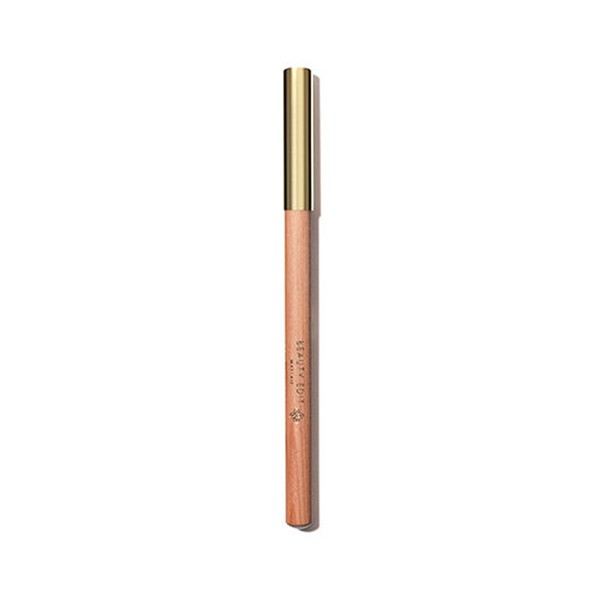
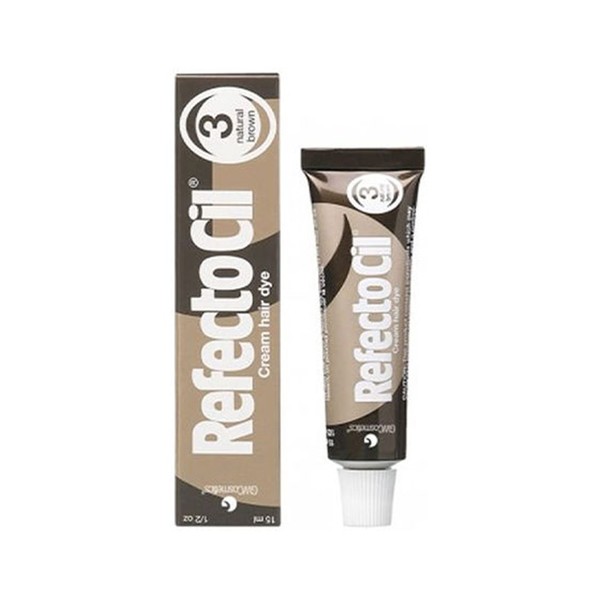
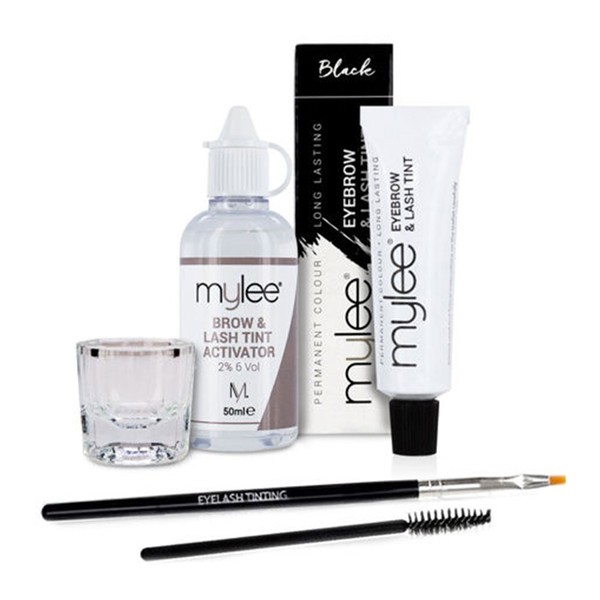
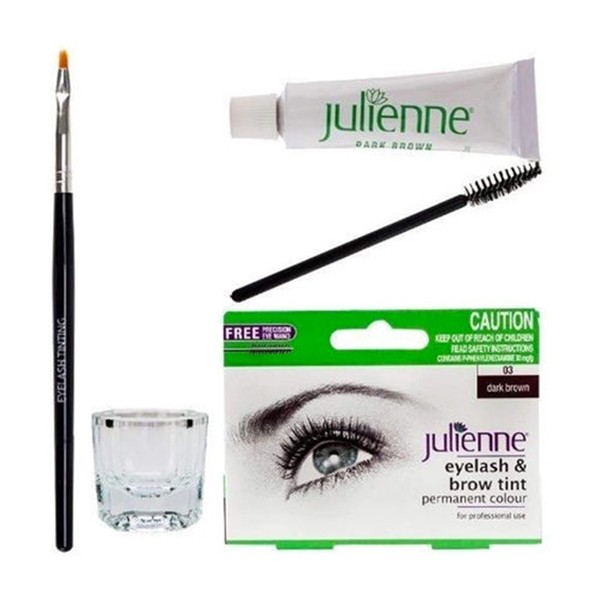
*DISCLAIMER: Before you try any lash or brow tinting at-home, always do a patch test to check for any allergic reactions. Should one occur, stop using the product immediately and seek the advice of your healthcare professional.
DISCLAIMER: We endeavour to always credit the correct original source of every image we use. If you think a credit may be incorrect, please contact us at info@sheerluxe.com.
/https%3A%2F%2Fsheerluxe.com%2Fsites%2Fsheerluxe%2Ffiles%2Fwebsite-images%2F2025%2F04%2Fnew-parenting-background-image.jpg?itok=au3AjSlw)